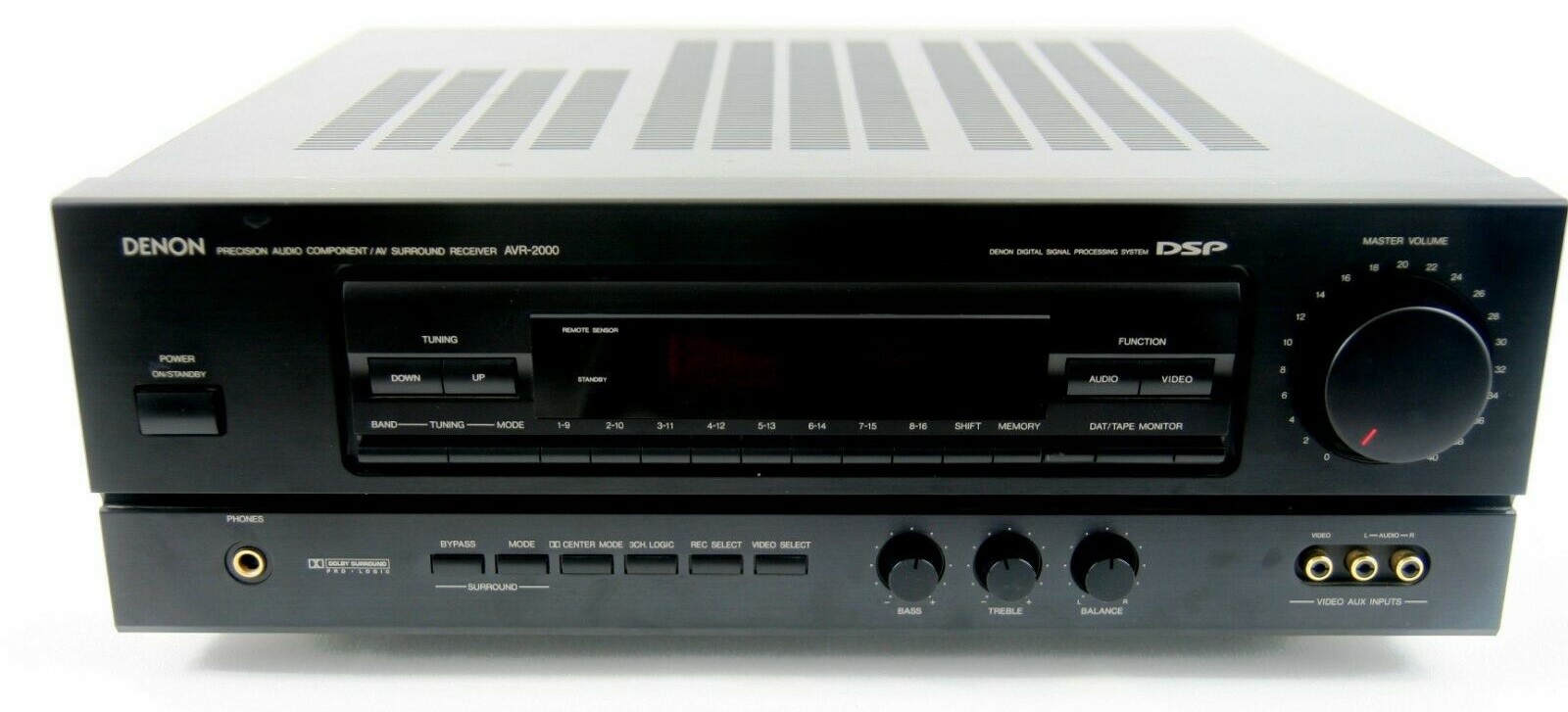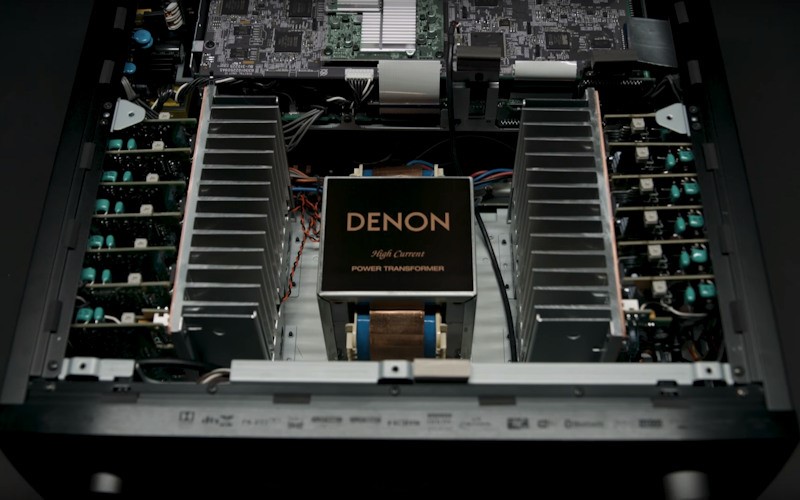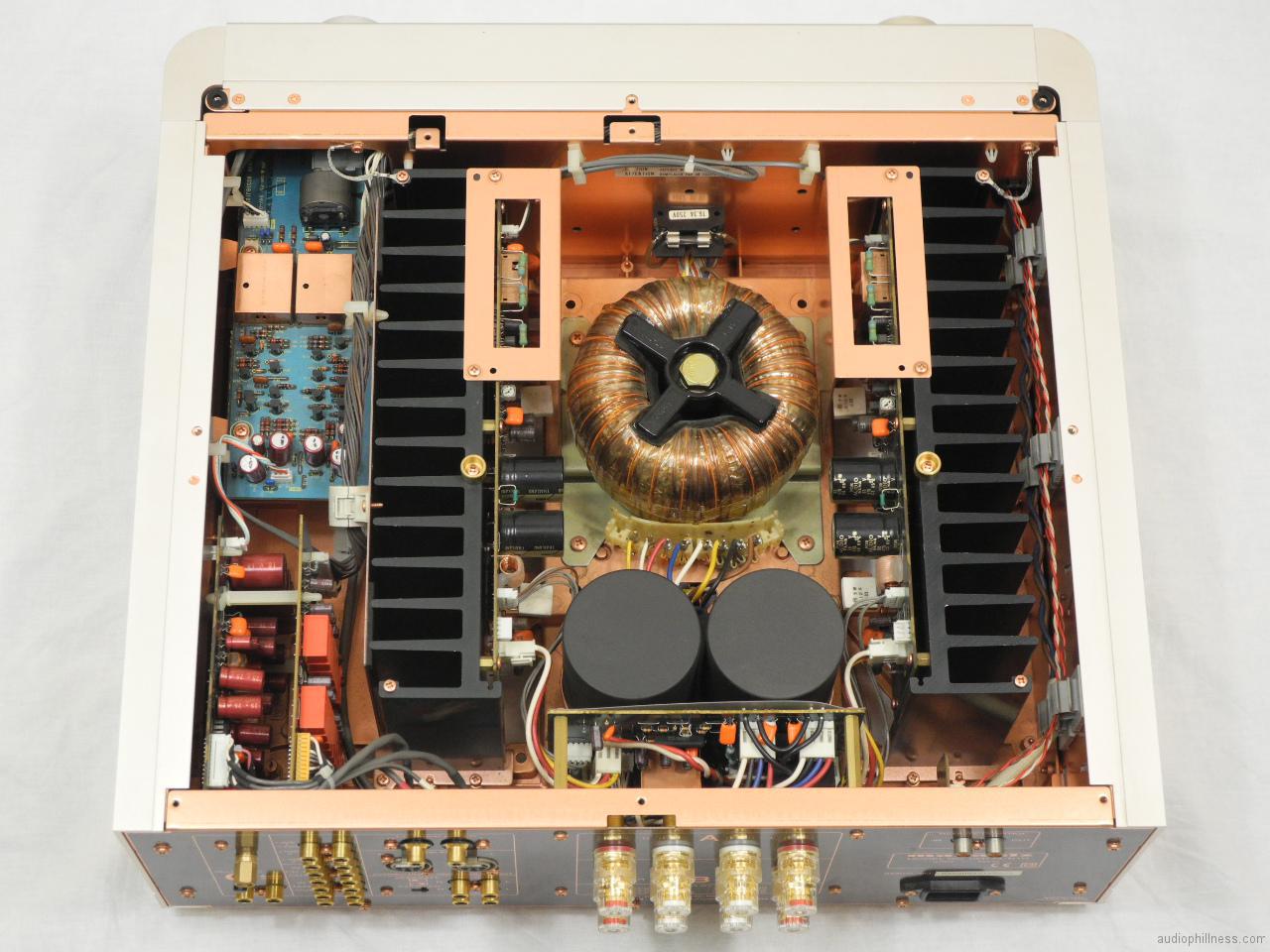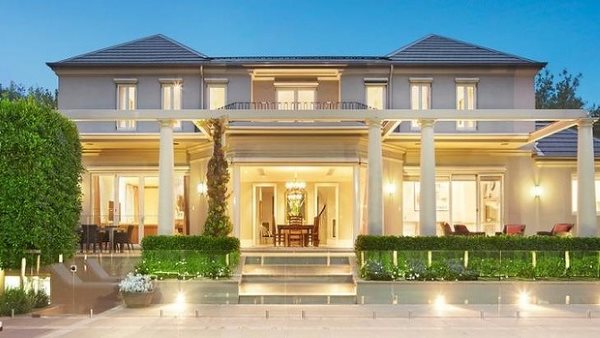Do you need an AV Receiver?
Sunday, 3 November 2019 5:24:38 pm Australia/Melbourne
At the very heart of the consumer audio visual business lies the home cinema Amplifier. Like the engine of a car this component is the main focus of a potential consumers attention as they cut their way through the jungle of marketing hype on a path towards owning a surround sound system in their home.
In a very real sense our own small business in Carlton was founded upon the existence of this product category. In 1990 when we opened the king of the hill in Hi Fi retail was the Yamaha AV receiver and this was part of our intended foundation when we wrote the business plan. Pro Logic was the word and Top Gun was the demo.
My children were at primary school at the time and when they were left to sit in the shop after school the laser disc of Tom Cruise and Val Kilmer on repeat was the perpetual indoctrinative background. To this day every word and nuance of that movies remains traumatically imprinted in their psyches.
As is not unusual in the course of small business the Yamaha component of our plan failed to come together but the Knight in shining armour for us was the Denon AVR2000:

This had main amplification quality that was immediately audibly superior to the other brands of AVR on the market at the time and actually had demonstrably good decoding of a cinema sound track of the day. The standard of pro logic to be clear was restricted bandwidth mono rear channel and centre channel of 15 watts …
There are many surround systems out there in Melbourne still being faithfully powered by these early Denon cinema amplifiers … but then came Dolby digital and then HDMI …
Herein lies the problem. Buying a good Hi Fi should be akin to buying a musical instrument, something you can buy carefully and then keep for many years of ownership satisfaction. However the advent of competing audio encodation formats and then rapidly changing HDMI hardware protocols led to an enforced obsolescence in surround sound amplifiers that has killed residual values and ultimately perhaps caused consumers to mistrust them as a product category.
There is a lot of stuff inside a surround amplifier. They have output stages for multiple channels of speakers, preamplification for analogue and digital inputs, video switching and processing circuitry in multiple formats, Digital to analogue conversion circuitry, and power supplies that can accommodate all these circuitry demands.
To retain quality in audio and video reproduction electronic secularity is a requirement. The aforesaid first generation Denon AVR2000 offered internal shielding between its operational sections so as to prevent cointerference and crosstalk.
To make current models of surround receiver affordable and competitive there has been a steady degradation of internal engineering quality alongside an inflation of brochured specifications.
So you can now buy a $399 Theatre Receiver that claims 150 watts per channel across seven speakers. Sadly if you lift the lid you are likely to find a single chip output stage with a fan on it to stop it self-destructing and that the power output is the Peak Music Power fantasy of the brands advertising agency … to my knowledge no company has ever been pulled up before advertising standards for making inflated numerical claims of their audio products power output. In fact you will find better quality in a 1970s Ghetto Blaster than in some sub $1000 Home Cinema receivers. Thus an entry point surround amplifier has a typical domestic churn of four to five years, which is also the target churn rate of most contemporary Television manufacturers. This four year period of ownership is perhaps the realistic minimum that consumer electronics manufacturers can expect to attain from consumers before they … give up buying things entirely …
It makes it difficult for the quality surround products available to keep their heads above the marketplace swamp. Denon remains the king of overbuilt amplifiers for Home Cinema and their flagship is the thirteen channel AVC8500:

This is classic secular internal design with the thirteen visibly discrete channels attached to a high quality alloy heatsink and a shielded EL transformer isolated as much as possible in the centre of the unit. This is how far one has to go to retain the quality and remain relevant in a potential customers home for as long as possible … unless you go to the next level and are able to purchase separate pre and power amplifiers.
The Denon 8500 retails at $6199 and is therefore not a casual purchase … typically it would be acquired by an enthusiast with a dedicated room who has already had lesser surround amplifiers and is looking at settling in with a carefully researched and embedded cinema system.
So should you buy a surround amplifier? There was a period pre peak-vinyl where people were only buying surround amplifiers as the mass market wisdom was that you would use this for all reproduction purposes in the home. The result was that people were looking for a surround system when they only wanted to play stereo music. Basically the format was being drastically oversold, as a specialist store it was our mission to convert these potential buyers to good stereo kit.
For comparison with the state of art Denon AVCX8500H internals here is an equivalently priced roughly Marantz stereo amplifier the PM14Ki:

So instead of thirteen channels of amplification with layers of PCBs carrying the different functionalities this has two really good channels and very high quality low noise analogue circuitry in the two shielded copper rectangles either side of the toroidal power supply.
This Marantz stereo amplifier is a fundamentally ageless bit of kit. The raw physics of quality high fidelity mean that it will still be relevant in thirty years time (barring the apocalypse of course).
The price of this technical volatility and overselling of surround amplifiers is their market share. Consumers who would otherwise be happy to have a decent bit of Hi fi surround in their home have been abandoning the entire concept and buying Soundbars in droves. We expect 20 million Soundbars to be sold in 2020 with $3.8 billion in consequent revenue. AV Receivers will be down to 2.5 million continuing down from for example 3 million in 2015. FYI the real growth in this CE industry in the last five years has been Wi Fi loudspeakers … from 7 million in 2015 to 54 million in 2020 …
In Carlton Audio Visual we have seen our AV Receiver inventory basically start with Denon and Marantz in the nineties and then become profuse during the noughties and has now gone back to our roots with Denon and Marantz with a couple of single unit Anthem and Rotel niche products.
Between them Denon and Marantz now sell 35% of the world’s AV Receivers and in fact they are both owned by the same holding company being Sound United. Interestingly Sound United nearly just bought Pioneer and Onkyo … possibly as a catch and kill type manoeuvre … These AV Receiver products have in reality now become an Audiophile niche and therefore remain really appropriate for a business like ours.
So forget the sub $1000 stuff, musically unsatisfactory and doomed to be in the bin in five years time …
The best devices just now in my opinion:
Right now the Marantz SR5013 at around $1500 go-price has excellent internal quality … it’s good at music with a decent phono stage and has excellent Heos streaming built in:
Now if you really want to have your cake and eat it then you can use the front channel pre out of this amplifier and hook it up to one of our favourite stereo amplifiers with a home theatre bypass. A Cyrus One or Rega Elicit comes to mind ...
https://www.carltonaudiovisual.com.au/rega-elicit-r.html
A Denon AVRX2600 or above is an excellent home entertainment music and video core. To fully utilise one of these set it up as a multi room multi zone streaming amplifier with extra Heos speakers around the home. This will leave a Sonos or other type of wireless speaker system dead in its tracks when it comes to potential audio quality and is a must-consider for a renovation or new build.
At the top of the single box Cinema Amplifier hill there is the Marantz SR8012 and the aforesaid Denon AVCX8500H. The Marantz wins on musicality while the Denon has its thirteen channel and tonal neutrality to commend it.
As ever those who can spend more end up saving money in the long run and getting better performance and the Marantz Preamplifier Processor AV8805 is my favourite. Stick this piece of awesome in a rack with a stack of power amplification and you have effectively stepped off the treadmill of obsolescence.
To complete the circle I am so very pleased that Top Gun II is being released next year ... the preview looks awesome. All I need now is some Grandchildren to inculcate in the 4K UHDR Atmos room and I think we will have put down a proper generational business succession plan.

